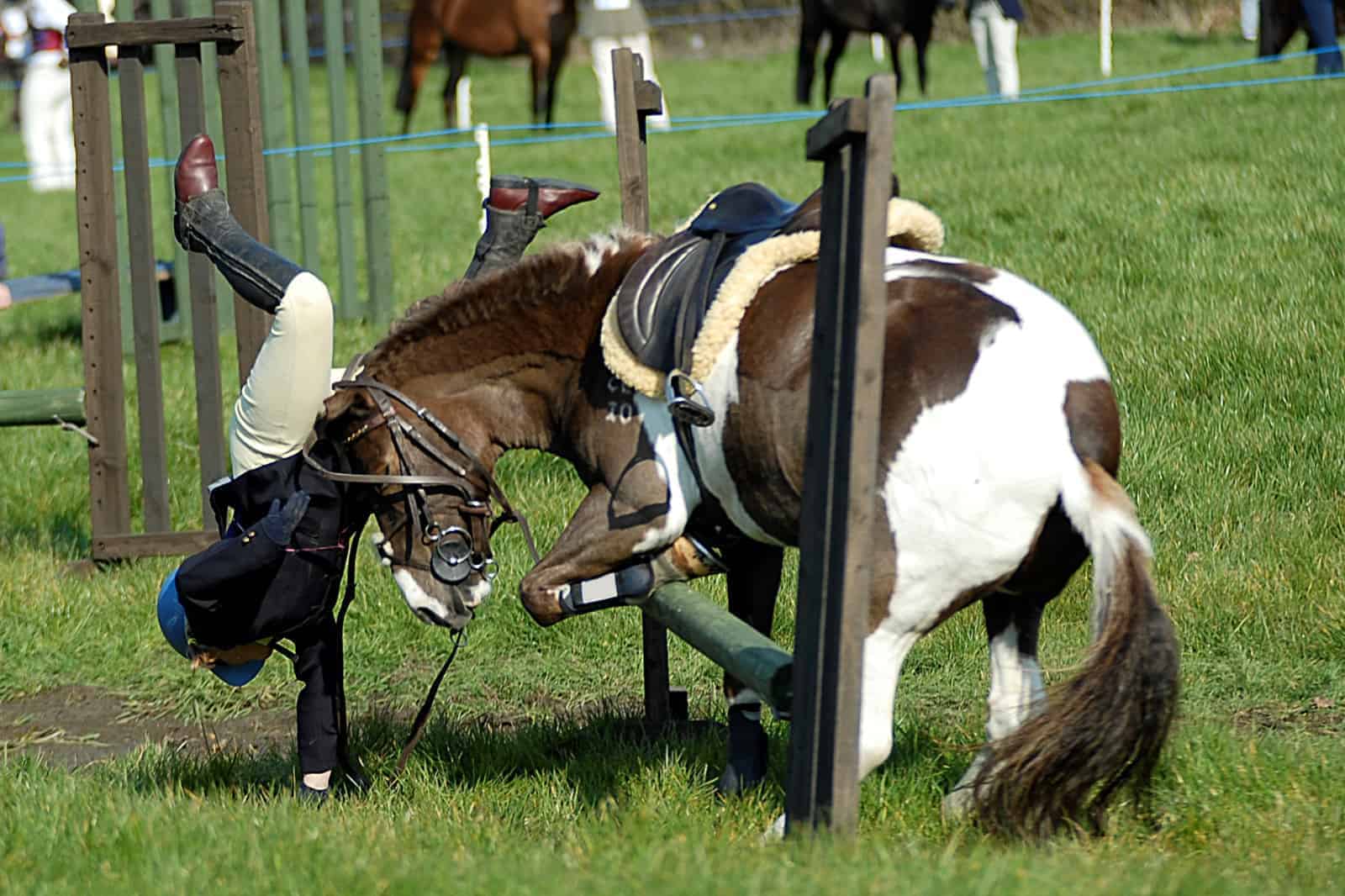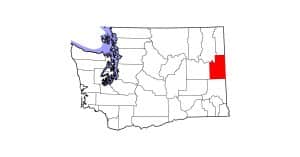Diagnosing Head Injuries and Deciding When to Return to Riding
- Topics: Article, Safety, Welfare and Industry

Carl Mattacola, PhD, ATC, FNATA, professor and associate dean of academic and faculty affairs in the University of Kentucky (UK) College of Health Sciences and director of UK’s Jockey & Equestrian Initiative, which conducts jockey and equestrian protection, safety, and performance research, spoke about baseline testing for those with head trauma and return to ride protocols at the inaugural Horse Industry Safety Summit, held April 23 at UK’s Spindletop Hall, in Lexington.
“If you suspect an athlete or rider of having a concussion, they should be removed from play immediately and be assessed using the SCAT5 protocol,” he said. “The evaluation should be administered by a medical adviser or healthcare professional who has been trained in the evaluation and management of a concussion.”
SCAT5 protocol, which stands for “Sport Concussion Assessment Tool 5,” can be used to evaluate medical and physical changes in persons age 13 or older following a head injury (there is also a Child SCAT5 for children 12 and younger). Testing involves on-field or sideline assessment of potential concerns, such as neck pain, double vision, severe or increasing headache, seizure, loss of consciousness, deteriorating conscious state, vomiting, increasingly restlessness, or irritability, followed by a cognitive and physical assessment of the individual
Create a free account with TheHorse.com to view this content.
TheHorse.com is home to thousands of free articles about horse health care. In order to access some of our exclusive free content, you must be signed into TheHorse.com.
Start your free account today!
Already have an account?
and continue reading.
Written by:
University of Kentucky College of Agriculture, Food and Environment
Related Articles
Stay on top of the most recent Horse Health news with












